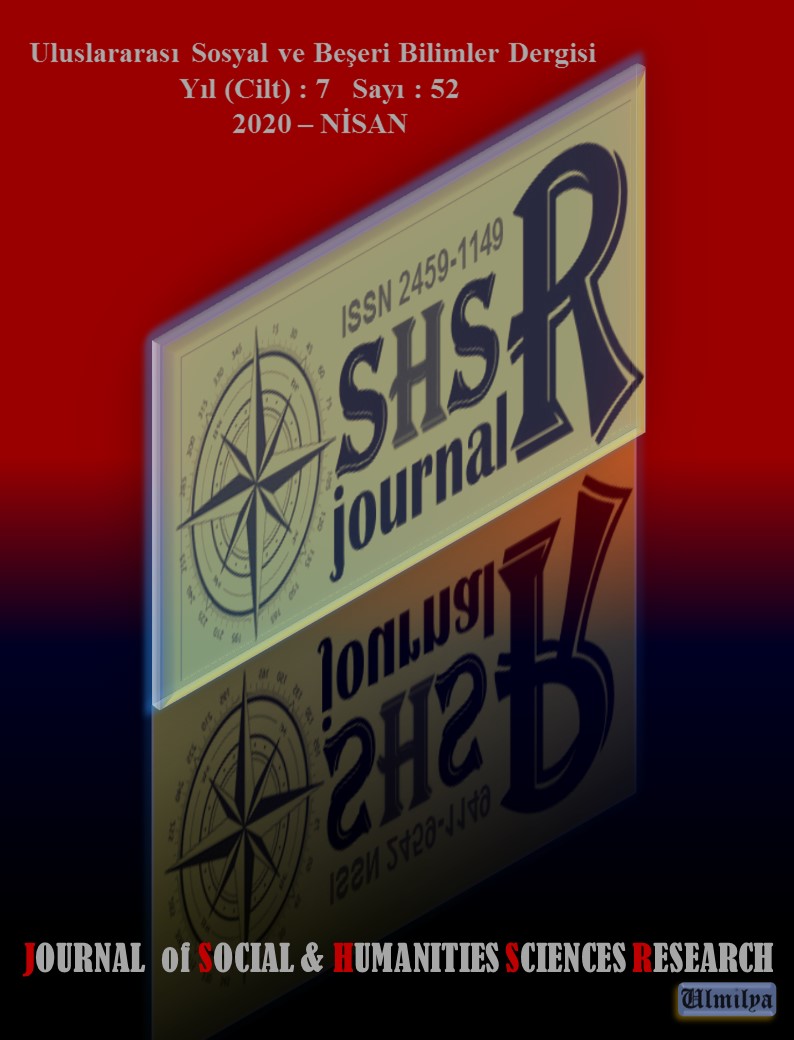A RESEARCH ON THE MACROECONOMIC EFFECTS OF GLOBAL OUTBREAKS
DOI:
https://doi.org/10.26450/jshsr.1797Keywords:
Global Outbreak, Epidemic, Pandemic, China, Macroeconomic Impact, Global EconomyAbstract
It is known that with the increase of globalization, there is greater exposure to global outbreaks. However, if the outbreak is of an epidemic nature or if it can be controlled in a short period of time, it usually has negative effects but it will cause much greater negative effects on economies and social lives as the outbreak become a pandemic.
Although pandemic influenza outbreaks are known to have serious global economic impacts, both on the demand and supply side, it is estimated that a pandemic influenza outbreak worldwide will have major impacts on the global economy, including trade, travel, tourism, food, consumption, investment and financial markets.
The coronavirus COVID-19 outbreak first appeared in China and, despite all prevention actions, and at first it was epidemic, but later acquired a pandemic quality. Because this virus has the ability to spread very quickly both within the country and to many countries. On the other hand, this virus, besides causing a public health crisis, has started to have great macroeconomic effects in the Chinese economy. However, these effects are expected to appear more clearly in both China and the world economies in the coming months. In this context, after mentioning the size and characteristics of global outbreaks, major global outbreaks were examined separately and then macroeconomic effects of global outbreaks were emphasized. Finally, compared to the global outbreaks experienced, the global economic effects of the COVID-19 virus, especially China, were addressed, and finally, some policy suggestions were made regarding outbreaks that has become a pandemic
Downloads
Published
How to Cite
Issue
Section
License
Copyright (c) 2020 INTERNATIONAL JOURNAL OF SOCIAL HUMANITIES SCIENCES RESEARCH

This work is licensed under a Creative Commons Attribution 4.0 International License.


